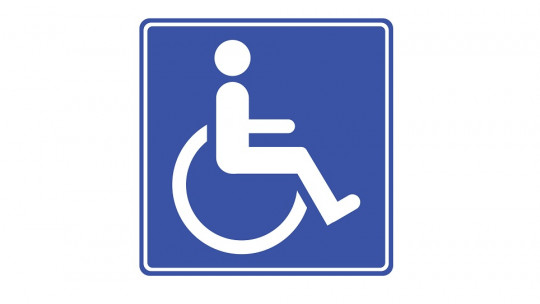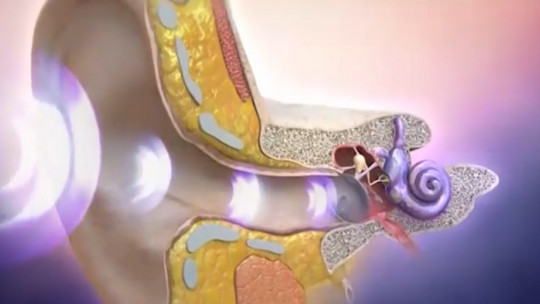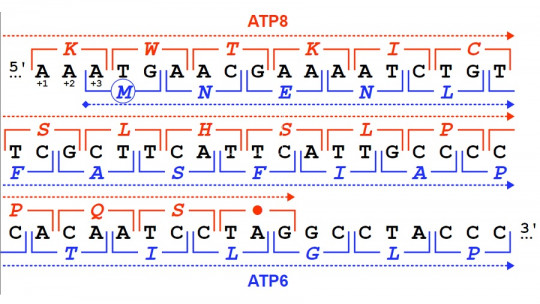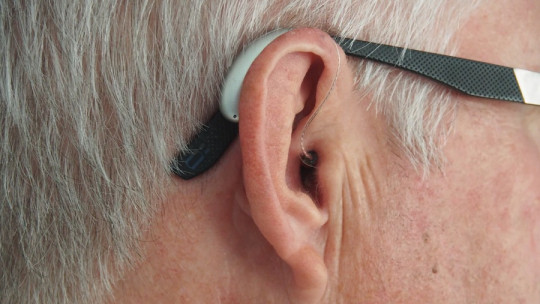
People with functional diversity are those who suffer from some type of problem that makes their daily life difficult.
There are several types of disabilities and their degree of impact is very varied. In this article we will discuss the types of functional diversity, the degrees in which it occurs and some related disorders
What is functional diversity?
According to the World Health Organization (WHO), the term disability encompasses deficiencies, limitations and restrictions that a person may suffer.
However, in recent years the term functional diversity has been gaining more use, being considered synonymous with disability, although it is perceived as more politically correct.
Thus, in relation to the definition given by the WHO, it is understood that functional diversity implies problems that affect the body structure, limitations in carrying out daily actions and difficulties in maintaining social relationships with equals.
Before focusing in greater depth on the different types of functional diversity, it is worth discussing three concepts that are included within this concept:
Deficiency
Loss of a structure or function whether mental or physical.
Disability
Restriction or total absence of a certain activity.
Handicap
disadvantageous situation consequence of a deficiency or disability that affects daily life.
Types of functional diversity
In general, there is the idea that disabilities are an extremely serious and permanent condition. Nevertheless, The degree to which a person suffers from this type of condition can be very varied and it can even be overcome.
Not only blindness or intellectual problems such as Down Syndrome are examples of functional diversity. Breaking an arm, having myopia or coordination problems, among other more common situations, fall within the concept of functional diversity.
The different types of functional diversity are detailed below, explaining some examples.
1. Physical or motor
Physical disability implies difficulty performing movements which affects the ability to move, balance, manipulate objects or even be able to speak and breathe.
The causes behind this type of functional diversity can be varied, and there may be bone or muscle problems, problems in the formation of limbs, or there may be the case of having suffered an accident that damaged one’s physical integrity.
Also, One of the causes behind this type of disability is having problems in the motor cortex brain structure that is responsible for movements.
To support people who suffer from this type of disability, it is important to detect the barriers that may exist in their daily lives, such as stairs, elevators not adapted for wheelchairs or places that are difficult to access.
Some conditions in which motor diversity occurs:
2.Visual
It can encompass both blindness and milder vision problems Blindness implies that the person does not see anything at all or, at most, can perceive silhouettes of light. Needing to wear glasses to see is in a certain way, although it may be surprising, a type of deficiency that would fall within the concept of visual functional diversity.
The most common causes of this type of disability are usually cataracts, easily correctable eye problems such as myopia or strabismus, and eye inflammation. These types of problems tend to appear more frequently after the age of 50. Diabetes can also cause some types of blindness.
Measures to help people with visual difficulties are varied In milder cases there are corrective measures, such as glasses, special lights or text with larger letters. Eye surgery can also be used.
The Braille system has been of great help for people with total or partial blindness, since it allows them to read without having to see. Thus, they can carry out common tasks such as reading a book, making a shopping list or having access to newspapers.
3. Auditory
The term hearing disability is very generic, and is used encompassing all people who have suffered some type of hearing loss This loss can be profound, as is the general concept of deafness or cophosis, or also mild, such as hearing loss.
It may be the case that the person has the hearing problem in only one ear (unilateral) or in both (bilateral).
The diagnosis of hearing impairment is made through audiometry which is a technique that allows us to know a person’s hearing acuity.
The causes behind this type of disability can be very varied, such as maternal rubella, suffering from hereditary deafness.
If this type of problem is acquired before having learned the language It can be a very detrimental factor for the person to be able to acquire this ability orally.
People with hearing loss can carry out daily tasks satisfactorily if measures are provided to make their lives easier. Some examples of measures that allow them to make their lives easier are hearing aids, sign language and visual aids.
4. Intellectual and psychic
Here we make a distinction between what is understood as intellectual disability and what is considered psychological.
Intellectual functional diversity implies that the person has cognitive difficulties This term has been the one that has replaced the expression mental retardation. It involves adaptation problems and learning difficulties. It can coexist with other types of disabilities, given that many disorders in which there are intellectual problems also involve other types of difficulties.
Intellectual disability may lead to slower development Children may take significantly longer compared to children of the same age to speak, walk, learn literacy skills,
The factors behind intellectual problems can be very varied, from chromosomal problems, malnutrition, traumatic brain injuries.
Some examples of conditions in which there is intellectual functional diversity are:
Regarding psychological diversity, it refers to difficulties in areas such as communication or social interactions It differs from intellectual diversity basically because intelligence is not affected. Affects adaptive behavior. Some examples of problems that involve this type of diversity are psychological disorders such as schizophrenia, bipolar disorder…
5. Multisensory
There are people who suffer from both hearing and visual problems. This group is called deafblind people, although it should be noted that they do not necessarily completely lack both senses.
This type of problem can occur from birth that is, congenital deafblindness, or it can be acquired during the first years of development, being called acquired deafblindness.
In the most serious cases, people with this type of disability have serious problems interacting with the outside world, since not seeing or hearing means that the two main ways of acquiring information from the outside world are closed.
The best-known syndrome within this type of functional diversity is Usher syndrome. It is characterized because the child is born with hearing problems and, upon reaching adolescence, loses his sight.








